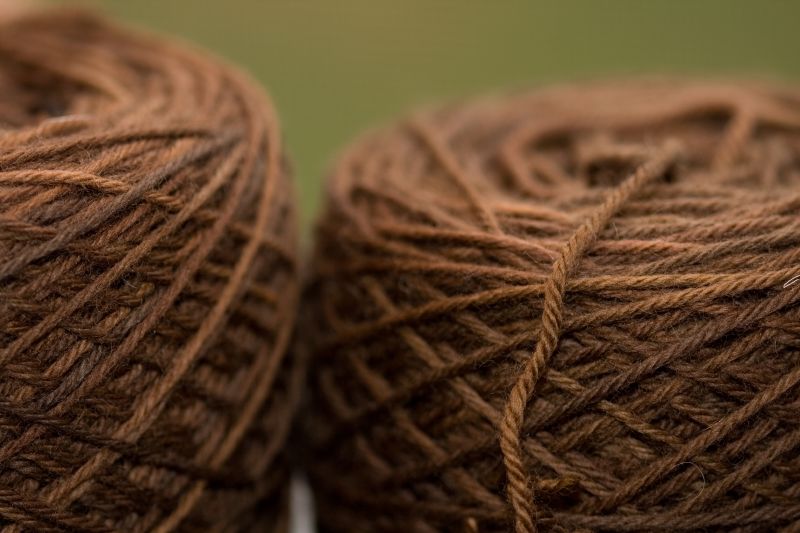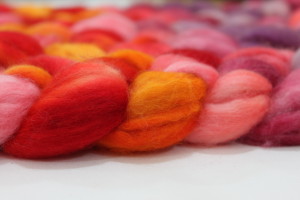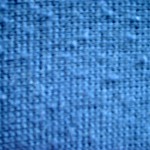Keep your clothing looking great season after season by avoiding pilling and shedding
 All clothes look great when they’re brand new but over time they can start looking tired – some quicker than others! Fabrics such as Angora look stunning and feel great, but they aren’t known for their durability, which means they need to be regularly maintained or replaced.
All clothes look great when they’re brand new but over time they can start looking tired – some quicker than others! Fabrics such as Angora look stunning and feel great, but they aren’t known for their durability, which means they need to be regularly maintained or replaced.
Although all fabrics are prone to degradation, there are proven techniques that can keep your clothes looking great for longer.
Common problems that clothing faces
Two of the most common problems your garments will face are pilling and shedding. Both are created when fabric is rubbed together or comes into contact with other surfaces.
 Pilling occurs to all fabric in varying degrees. As fabric is brushed together, or against other surfaces, it releases fibres that migrate to the fabric’s surface forming tiny balls that remain keyed to the surface by ‘anchor’ fibres. You’ve probably noticed that only your lovingly cared-for jumper pills whilst those ‘working’ jeans never appear to. Although annoying, it’s easily explained as yarn and fabric construction are key factors.
Pilling occurs to all fabric in varying degrees. As fabric is brushed together, or against other surfaces, it releases fibres that migrate to the fabric’s surface forming tiny balls that remain keyed to the surface by ‘anchor’ fibres. You’ve probably noticed that only your lovingly cared-for jumper pills whilst those ‘working’ jeans never appear to. Although annoying, it’s easily explained as yarn and fabric construction are key factors.
Densely woven fabrics made from tightly twisted yarns: your jeans rarely pill as they restrict the release of fibres and their migration through to the fabric surface. Whilst your jumper is made from light twisted yarns knitted loosely to give it that super soft feeling – pilling heaven.
 You can minimise this annoyance at the start by choosing natural fabrics such as cotton, silk, linen or natural blends over man-made wovens and knits. Natural fabrics tend to pill less and when if it does occur lower ‘anchor’ fibre strength means they are more likely to fall off than with the manmade alternatives. ‘Too good to be true’ also has its part – that keenly priced pure cashmere jumper is often made with short fibre yarns more prone to unravelling and fibre release when rubbed.
You can minimise this annoyance at the start by choosing natural fabrics such as cotton, silk, linen or natural blends over man-made wovens and knits. Natural fabrics tend to pill less and when if it does occur lower ‘anchor’ fibre strength means they are more likely to fall off than with the manmade alternatives. ‘Too good to be true’ also has its part – that keenly priced pure cashmere jumper is often made with short fibre yarns more prone to unravelling and fibre release when rubbed.
Shedding is another unfortunate occurrence that happens to all fabrics, although it must be said it is more likely with natural fabrics. Shedding is the fibre being pulled directly from the fabric and captured by a more ‘abrasive’ fabric as they brush against each other. While the combination of a white knitted angora top may look great with black jeans at the start of the day, it can look slightly less so at the end.
Preventing pilling and shedding
The most common way of preventing pilling is to turn your clothes inside out before you wash them on a gentle cycle with a lightly loaded washing machine, or avoid using a washing machine altogether: hand washing is gentler on clothing and stops excessive damage to the fibres. The type of detergent you use will also have an effect on pilling; it is best to steer clear of granular detergents as these will create friction on the clothing. Instead use liquid detergents, without fabric softeners, that are less harmful on clothing. When it comes to drying your item it is always best to hang it on the line or lie knitwear flat rather than using a machine dryer.
 While it is impossible to prevent shedding all together, you can take steps to limit the amount of fibre that ends up on other clothing or your friends sofa. A common way to minimise shedding of garments made from natural protein-based fibres like wool is to freeze them – it makes the fibres more likely to remain fixed in place. This is easily done by placing them in your freezer, within a zip lock bag, for a couple of hours. For natural cellulose based fibres such as linen and cotton the reverse is true iron or put them in a dryer on a short cycle.
While it is impossible to prevent shedding all together, you can take steps to limit the amount of fibre that ends up on other clothing or your friends sofa. A common way to minimise shedding of garments made from natural protein-based fibres like wool is to freeze them – it makes the fibres more likely to remain fixed in place. This is easily done by placing them in your freezer, within a zip lock bag, for a couple of hours. For natural cellulose based fibres such as linen and cotton the reverse is true iron or put them in a dryer on a short cycle.
Using a lint roller is also a tried and test way of picking up excess pieces of fibre that have become detached from your clothes. You can pre-empt shedding affecting other items of clothing by regularly running a lint roller over the item or keep a roller handy for when you need to use it on trousers and skirts. Wrapping sellotape around your hand and using it as an improvised lint roller will also pick up any excess fibre.
 Pilling will also occur when the material comes into contact with rough surfaces such as handbags and jewellery and they may even tear the fabric. So be mindful that you aren’t rubbing anything against your sweater that will create friction and form the small pills, or worse, a hole!
Pilling will also occur when the material comes into contact with rough surfaces such as handbags and jewellery and they may even tear the fabric. So be mindful that you aren’t rubbing anything against your sweater that will create friction and form the small pills, or worse, a hole!
 You can remove pills by running a fabric comb over the surface of the clothing, which will pick up the balls. Or you can use a powered pill remover that shaves off the pills. For a more do-it-yourself approach you can simply use a pair of scissors to carefully cut off the pills, or a safety razor run lightly over the top.
You can remove pills by running a fabric comb over the surface of the clothing, which will pick up the balls. Or you can use a powered pill remover that shaves off the pills. For a more do-it-yourself approach you can simply use a pair of scissors to carefully cut off the pills, or a safety razor run lightly over the top.
Remember, natural fabrics are much less prone to pilling because of their longer fibres, so they go on looking new for far longer, lasting year after year.
